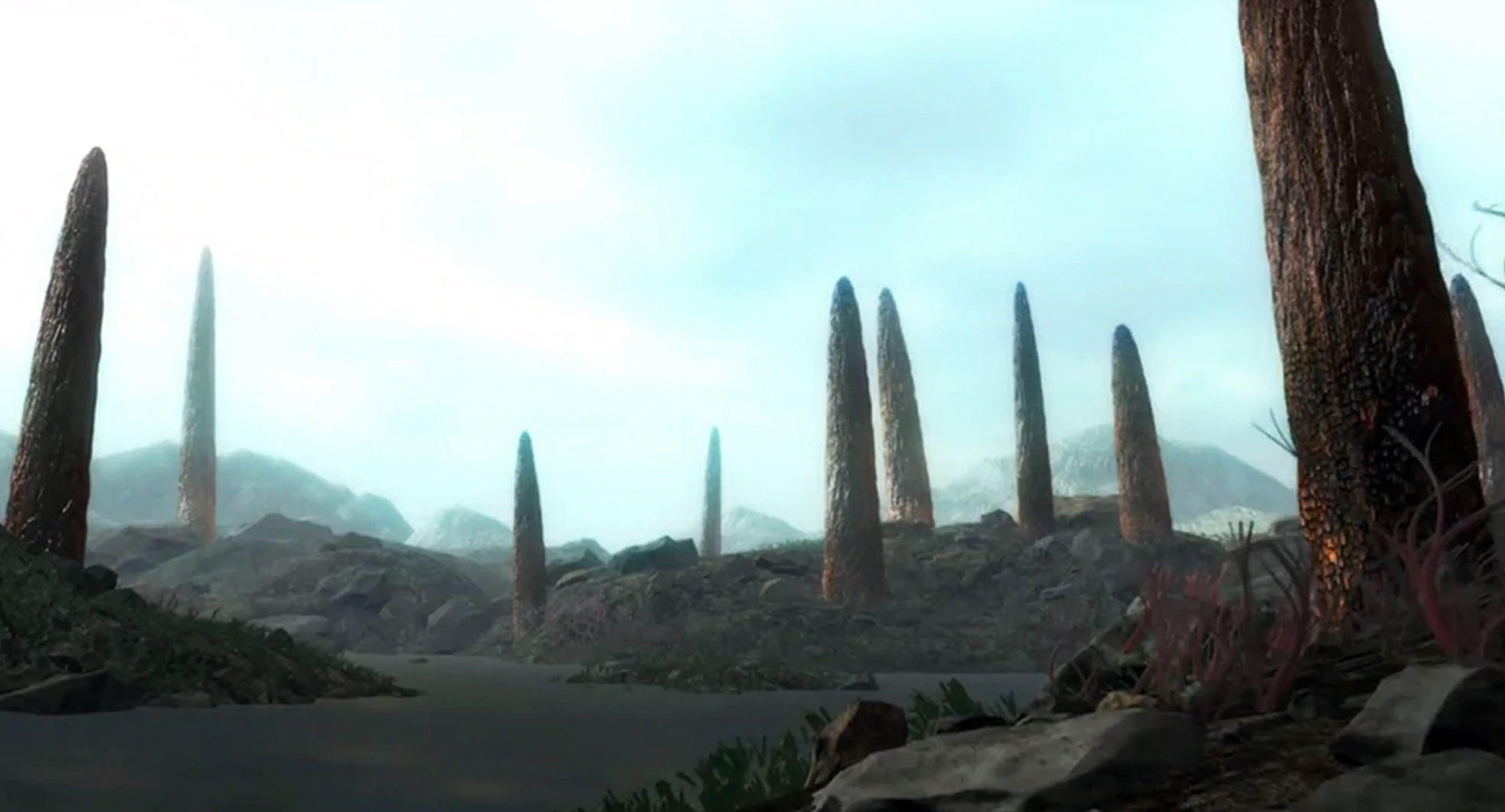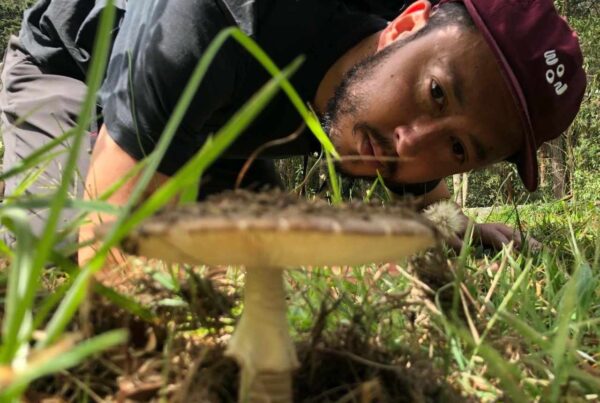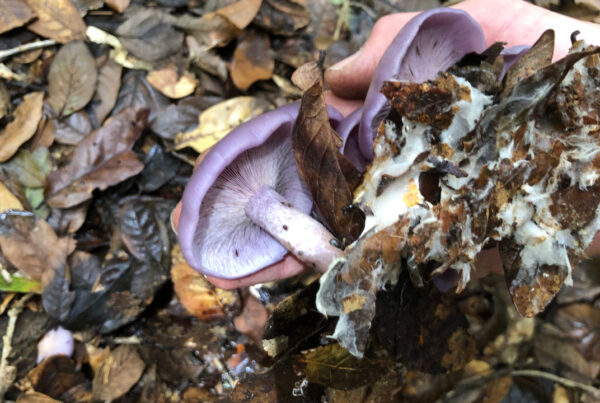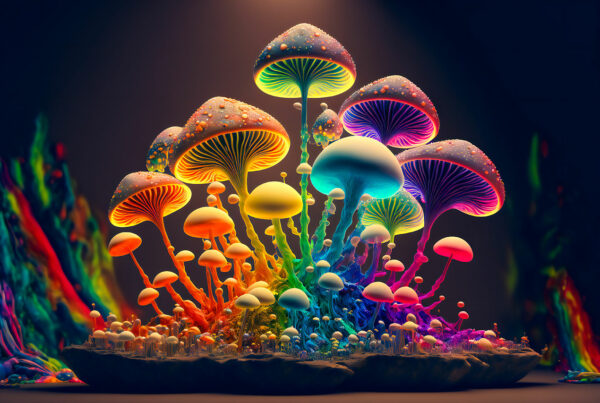To understand the natural history of life, you need to understand how mycelium terraformed the Earth and made today’s awe-inspiring terrestrial biodiversity possible.
In 1998, scientists discovered that fungi split from animals about 1.538 billion years ago, whereas plants split from animals about 1.547 billion years ago.
This means fungi split from animals 9 million years after plants did, in which case fungi are actually more closely related to animals than to plants. The fact that fungi had motile cells propelled by flagella that are more like those in animals than those in plants, supports that.
Mycelium’s vast structural network is responsible for creating top soil, decomposing plant debris, at the same time providing nutrients to the plant and animal kingdoms. In other words, mycelium is earth’s life support system.
About 10,000 years ago, the technology of liquid fermentation—from mead to beer to spirits—and solid-state fermentation—bread and cheese—helped put humanity on a rapidly accelerating path of invention and advancement.
Mushroom symbolism is also found in early cave art and throughout the world’s ancient religions and the religious temples of the Egyptians, Aztecs and Vedic cultures.
Today, they may offer our best organic technology to combat climate change and build a regenerative culture that live in harmony with natural law again.
Want to learn more about the miracle of fungi?
Watch this fascinating short documentary with legendary Canadian environmentalist David Suzuki on the history of the Kingdom of Fungi.
- 10 Sustainable Travel Trends Driving The Future of Tourism - March 9, 2025
- 10 Tips To Sell Out Your Transformational Retreats In 2025 - February 20, 2025
- Build 10 Habits That Free Up Your Time With Mindful Coaching - February 11, 2025





